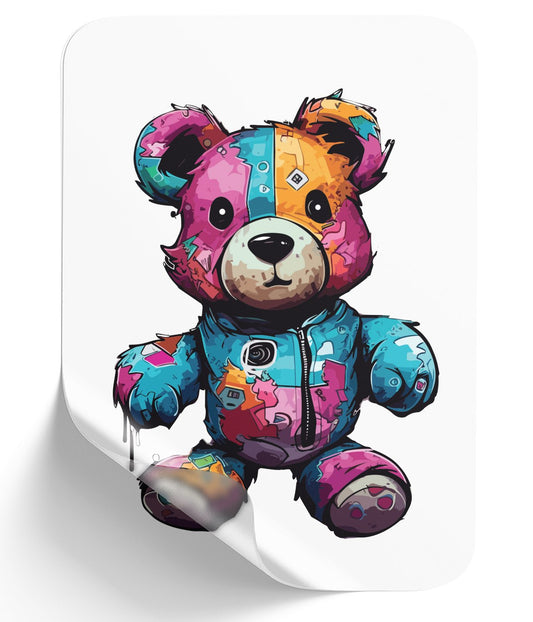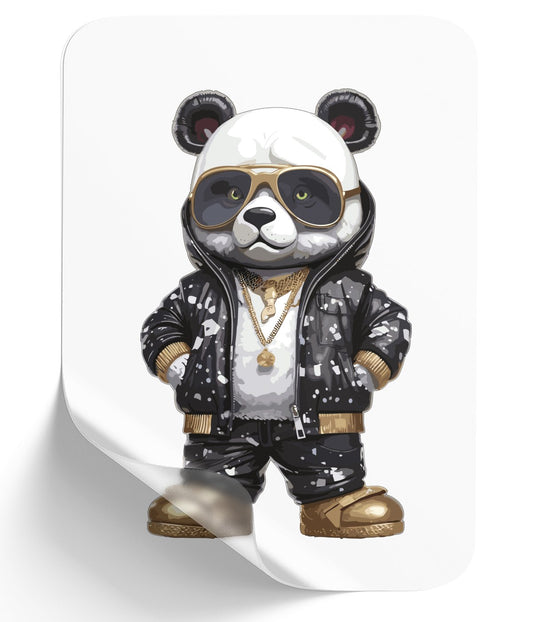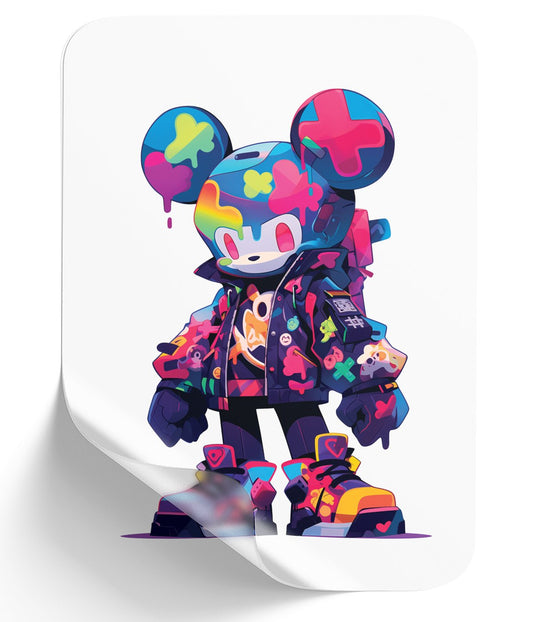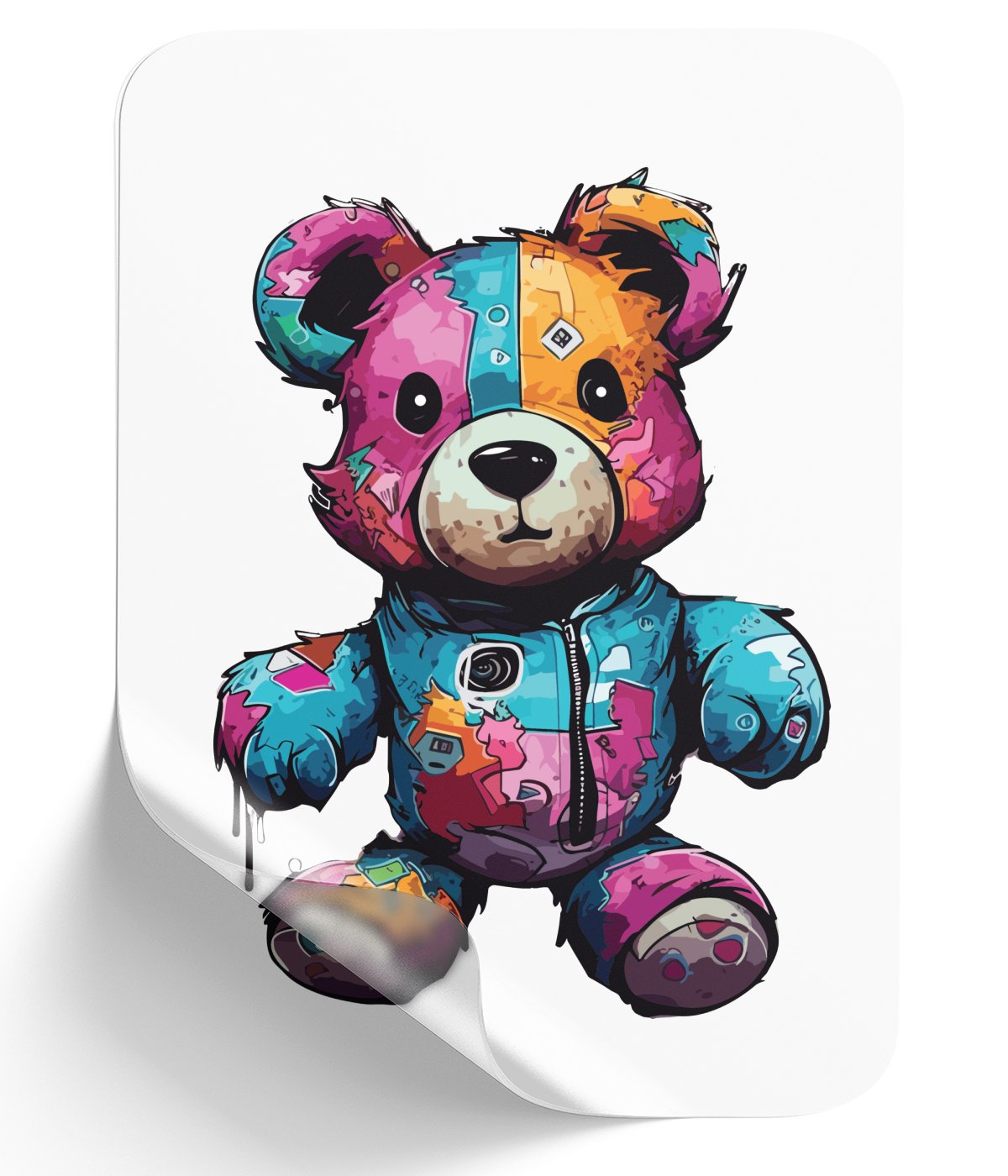How To Size Your T-Shirt Designs and Place Graphics with DTF Transfer Printing
When it comes to creating stunning t-shirts, sizing and placing graphics correctly is essential for achieving a professional look. Direct to Film (DTF) transfer printing has revolutionized the way we produce custom apparel, offering vibrant colors, incredible detail, and flexibility that other methods like screen printing and heat transfer vinyl just can't match. In this guide, we'll walk you through everything you need to know about sizing your t-shirt designs and placing graphics using DTF transfers.

Table of Contents
- Why DTF Transfer Printing?
- Understanding T-Shirt Design Sizing
- Placing Graphics on Your T-Shirt
- DTF Transfer Printing Tips and Tricks
Why DTF Transfer Printing?
Before diving into the specifics of sizing and placing graphics, let's first talk about why DTF transfers are the go-to choice for so many personal brand owners and small print shop owners. With DTF transfer printing, you can achieve:
- More vibrant colors
- A full range of colors
- Better wash durability
- Softer feel of print
- Finer details
- More stretch
- Faster turnaround times compared to competitors
These benefits make DTF an excellent choice for those looking for high-quality prints without the hassle of traditional methods like screen printing or heat transfer vinyl.
Understanding T-Shirt Design Sizing
The first step in creating perfect t-shirt designs is understanding how to size your graphics correctly. Here are some tips for getting the perfect size every time:
1. Measure Your Canvas
Your canvas is the area on the t-shirt where your design will be printed. Measure this space accurately so you know how large your graphic should be. As a general rule, most adult shirts have a canvas of around 12" x 16", while youth shirts typically have a smaller canvas of around 9" x 12".
2. Consider Print Area Restrictions
Keep in mind that there may be limitations on how close your design can be to the edges of the shirt or seams. This is especially important when working with DTF transfers, as the heat press needs room to apply even pressure across the entire design. Be sure to check your heat press manufacturer's guidelines for specific restrictions.
3. Factor in T-Shirt Sizes
Remember that your design will be printed on various t-shirt sizes, so it's essential to create a design that looks good on all sizes. A common approach is to scale your design proportionally based on the canvas size for each shirt size.
Placing Graphics on Your T-Shirt
Now that you have a properly sized design, it's time to place it on your t-shirt. Here are some tips for ensuring perfect placement every time:
1. Use a T-Shirt Ruler
A t-shirt ruler is an invaluable tool for aligning your graphics correctly. These rulers help you find the center of your shirt and ensure that your design is placed consistently across multiple shirts.
2. Consider Design Placement Guidelines
There are some general guidelines for placing graphics on t-shirts:
- Center Chest: The most common placement for designs is centered on the chest area, approximately 2-4 inches below the collar.
- Left Chest: For smaller logos or designs, consider placing them on the left chest area (from the wearer's perspective), roughly aligned with the armpit.
- Full Front or Back: Large designs can be placed across the entire front or back of a shirt, taking care not to extend too close to the edges or seams.
3. Use Heat Press Pillows and Accessories
When using DTF transfers and a heat press, it's crucial to achieve even pressure during application. Heat press pillows can help ensure consistent pressure, especially when working with uneven surfaces like seams or zippers.
DTF Transfer Printing Tips and Tricks
To get the best results from your DTF transfer printing, keep these tips in mind:
- Pre-press your shirts: Pre-pressing your shirts removes any moisture and wrinkles that could affect the quality of your print. Check out this video for an updated guide on applying hot peel DTF transfers with a heat press.
- Use the correct temperature and time: Follow the manufacturer's guidelines for temperature and time settings when applying DTF transfers. A reliable heat press is essential for consistent results.
- Peel at the right time: Depending on the type of DTF transfer you're using, you may need to peel it immediately (hot peel) or wait until it cools down (cold peel). Be sure to follow the instructions provided by your transfer supplier.
By following these guidelines and using DTF transfers from a trusted provider like Transfer Superstars, you can create stunning custom t-shirts that are sure to impress. With a little practice, you'll be on your way to becoming a superstar in the world of t-shirt design!
For more information about DTF printing techniques, visit our blog where we cover the proper steps in detail.
You'll also find a comprehensive guide on how to properly use a Heat Press, including the correct way to Heat Press DTF transfers.
Additionally, we help you understand the difference between various Peel techniques, so you can choose the best one for your needs. Discover more about these Peel methods and their advantages on our blog.





